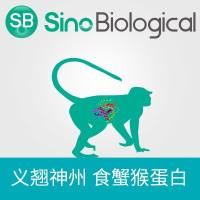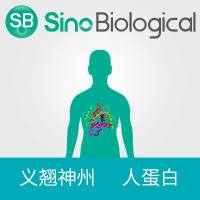The Use of Adjuvants in Experimental Vaccines: IV. ISCOMS
互联网
互联网
相关产品推荐

重组食蟹猴Carbonic Anhydrase IV/CA4蛋白
¥3870

Her2/ERBB2重组蛋白|Recombinant Human HER2/ErbB2 Protein(ECD,domain IV)(His Tag),Biotinylated
¥1980

Carbonic Anhydrase IV/CA4重组蛋白|Recombinant Mouse Carbonic Anhydrase IV / Car4 Protein (His Tag)
¥1790

重组人 APOA4 / Apolipo蛋白 A-IV 蛋白 (His Tag)
¥32380

Carbonic Anhydrase IV/CA4 兔多抗 | Carbonic Anhydrase IV / Car4 Antibody, Rabbit PAb, Antigen Affinity Purified
¥1699
相关问答

